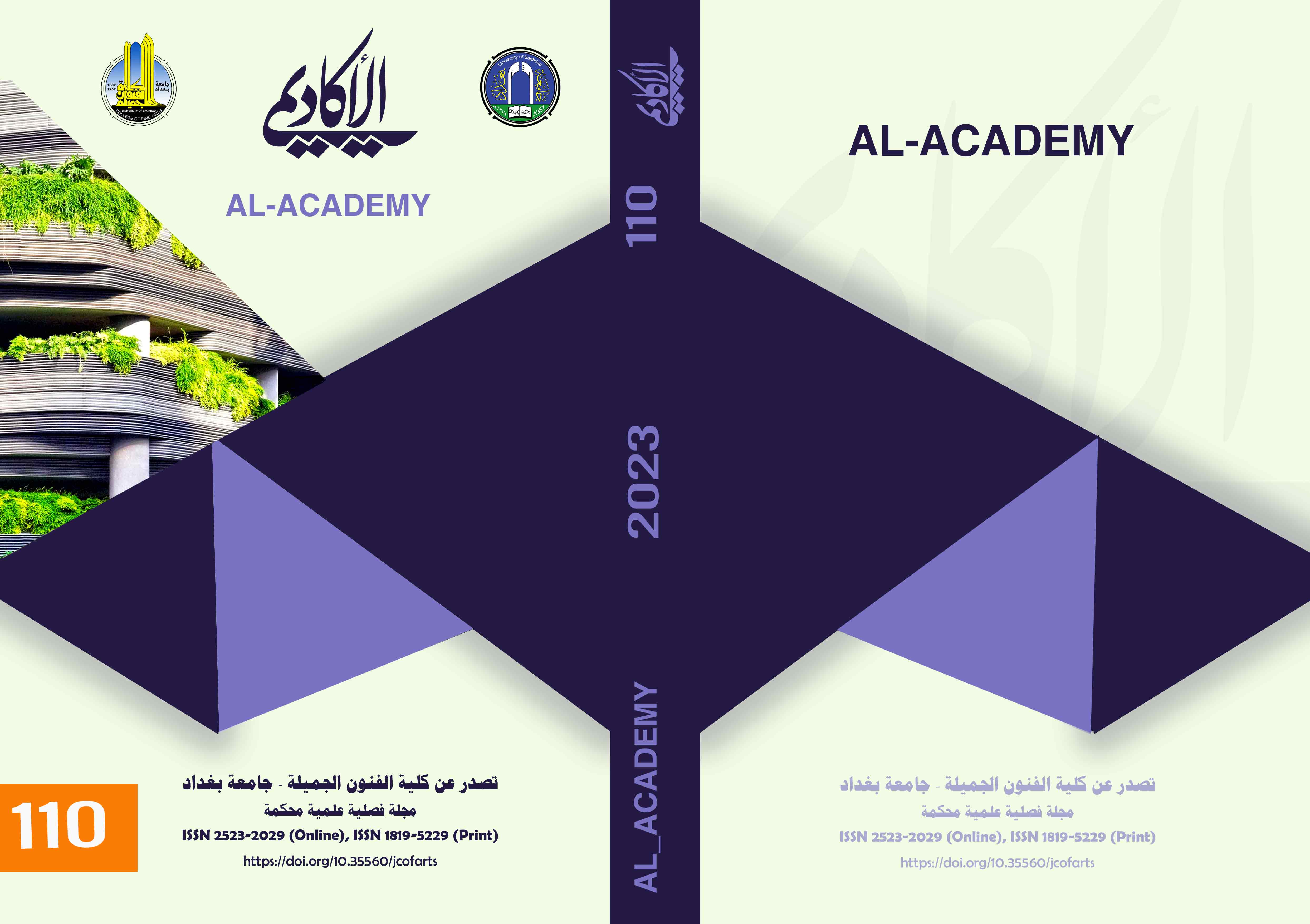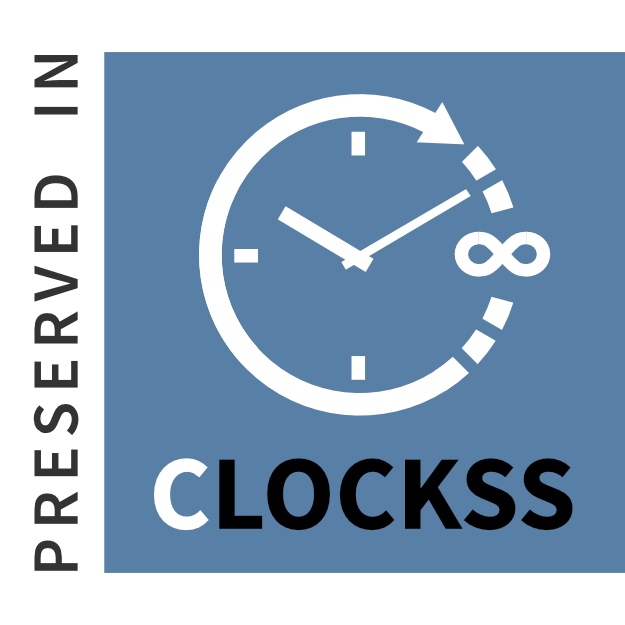Virtual reality and its impact on the industrial product
DOI:
https://doi.org/10.35560/jcofarts1227Keywords:
Virtual reality, industrial productsAbstract
The current study investigates the impact of virtual reality technology on industrial product design. The focus of this study is on the development of industrial products that utilize virtual reality technology, specifically examining the effects of this technology on the visual and design aspects of these products. The aim is to continuously improve the functionality of industrial products and enhance the user experience through virtual reality integration.
The first chapter of the study addresses the research problem, which centers around exploring the technological influence of virtual reality used in industrial products and understanding the functionalities it brings to the design process. Virtual reality technology facilitates the activation of user's mental imagery and imagination, thereby highlighting the technological transformation in these products. Based on this, the study formulates the research problem that raises several questions, primarily concerning the extent to which virtual reality technology enhances the functionalities of industrial products.
The study's significance lies in uncovering the various applications of virtual reality technology in industrial products, leading to improvements in design, performance, and user experience. Additionally, the study aims to comprehend the impact of virtual reality on industrial product design to enhance their quality and alignment with user needs and expectations.
Furthermore, the chapter delves into defining the terms and concepts relevant to the research scope, contributing to establishing the theoretical framework for the study.
To achieve the research objectives, the researcher collected the main focal points for analysis based on the theoretical framework, which consisted of three main areas. The first area explored the concept of virtual reality technology in industrial products, identifying various types of this technology and its diverse applications. The second area investigated the effectiveness of functional performance and user interaction with virtual reality products. Finally, the third area reviewed the impact of virtual reality technology on the functional performance and structural composition of industrial products, leading to the identification of key indicators derived from the theoretical framework.
In the third chapter, the research procedures and sample selection method were elucidated. The sample was deliberately chosen in alignment with the research objectives and methodology. The descriptive-analytical approach was adopted for the case study, considering its suitability for the research topic. The sample consisted of electronic computer manufacturing companies.
Moving on to the fourth chapter, it presented the findings and conclusions drawn by the researcher. Subsequently, the chapter included recommendations, proposals, and a list of references used in the study
References
Lakhbaji, Nafe' Al-Jawhari, The Abridgment in Grammar, Titled Az-Zuhur An-
Nadiyah in Grammar Lessons, Adab Library, Cairo, 2001 AD."
Ibn Mandour, Abi al-Fadl Jamal al-Din Muhammad, lisan-alarab Dar Sader, Beirut, 1999.
Azuma, R. T. (1997). A survey of augmented reality. Presence: Teleoperators
and Virtual Environments.
Weinrich, T., Wölfel, C., & Grote, B. (2018). Virtual reality in production
engineering: potentials and challenges. Procedia Manufacturing.
Benavides, X., Mejía, J. F., & Ma, L. (2019). Virtual Reality for Manufacturing:
Current State and Future Perspectives. Procedia Manufacturing.
Xu, X., Li, Y., & Xie, S. Q. (2017). Virtual Reality and Its Application in
Manufacturing Engineering. Journal of Manufacturing Science and Engineering.
Okafor, C. C., & Kirsch, D. J. (2020). Virtual Reality in Manufacturing: State of
the Art and Future Research Directions. Journal of Manufacturing Systems,
(Part B).
Popper, F. From Technological to Virtual Art. MIT Press (Leonardo). Cambridge-London, 2007.
Surkin, M & Cartright, L. (2001). Practices of Looking. An introductio
to visual culture. Cambridge: Oxford university
"Al-Huwifi, Ayman Mohammed Mohammed Mohammed Mustafa: The Relationship between Physical Reality and Virtual Reality in Light of Product Presentation" In the context of the Journal of Architecture, Arts, and Humanities – Volume Eight – Issue Thirty-Seven, 2023 AD.
"Abdulhameed, Shaker, Imagination from the Cave to Virtual Reality, World of Knowledge 360 Series, National Council for Culture, Arts, and Letters, Kuwait, 2009."Omar, Ahmed .
Mukhtar, "Dictionary of Contemporary Arabic Language," Al-Alam Al-Kutub, Cairo: Publication Year: 2008.
www.masrawy.com580 × 290
http://en.wikipedia.org/wiki/Virtual_reality
https://alwafd.news/essay/31980
https://docs.unity3d.com/Manual/XR.html
https://www.vrs.org.uk/virtual-reality/what-is-virtual-reality.html
Downloads
Published
Issue
Section
License
Copyright (c) 2023 Mostafa Mohamed Barakat

This work is licensed under a Creative Commons Attribution 4.0 International License.













